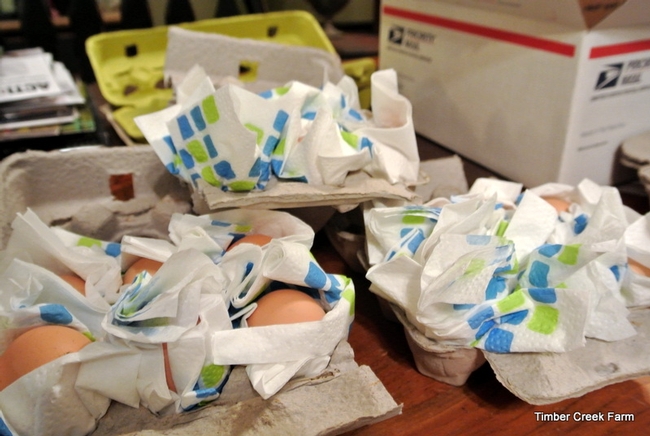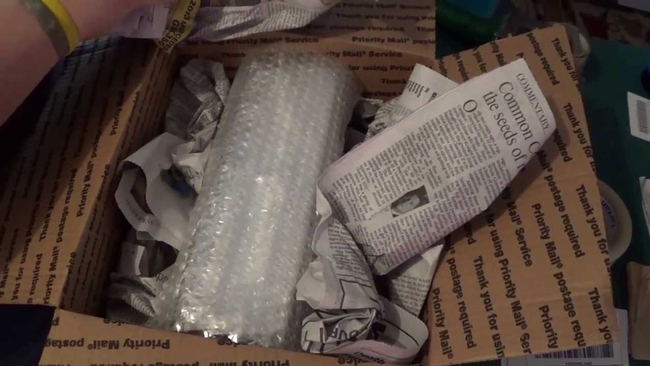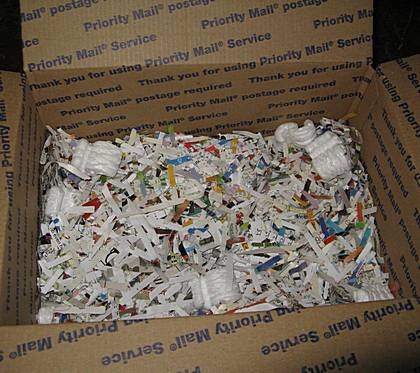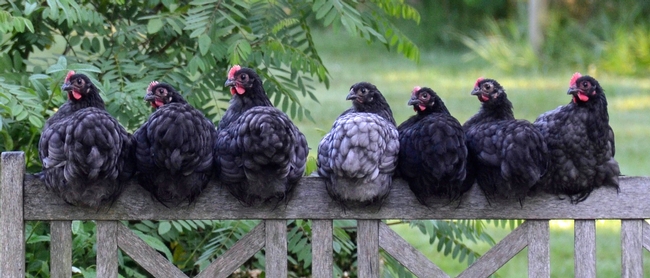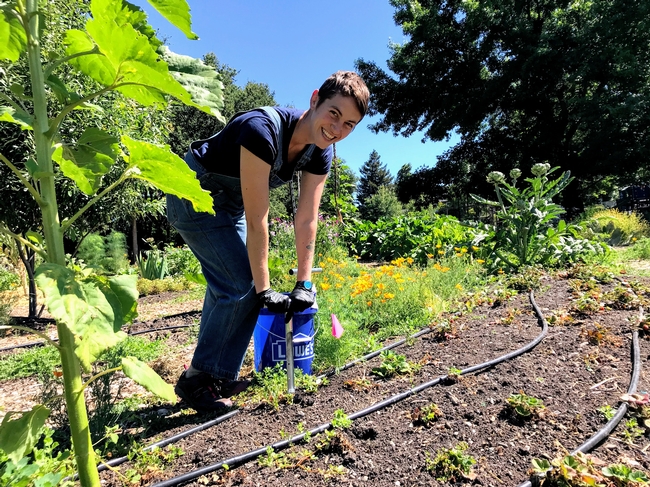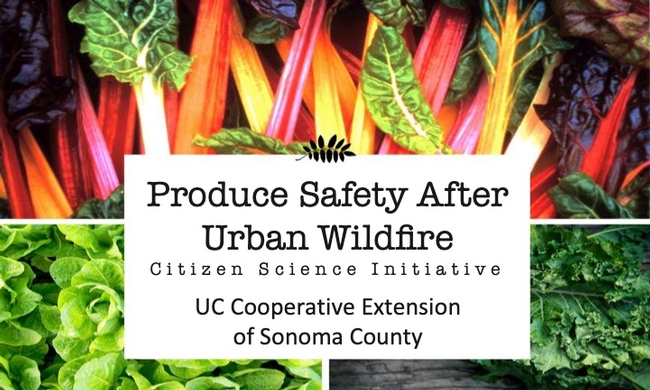- (Focus Area) Health
- Author: Julia Van Soelen Kim
Two years ago today, Sonoma County residents awoke to fire spreading through urban and wild lands across our county, a dark cloud of smoke covering the sky, and ash blanketing the ground. There continues to be much work for our community to collectively recover from the fires--most of it is hard and heavy work, whether it be emotional work, community work, economic work, environmental work. UCCE Sonoma's Produce Safety after Urban Wildfire: Citizen Science Initiative is just one small piece of that body of work.
The project sought to find out if garden and farm-grown produce exposed to ash was safe to eat, mobilized community in the days and weeks after the fire to collect leafy greens from sites across the county for later analysis, formed a unique partnership between UCCE Sonoma, Petaluma Bounty, and a passionate public health researcher, Vanessa Raditz, and ultimately led to a workshop series, a newly published scientific report, a forthcoming toolkit for other communities affected by wildfire to assess the safety of their own unique context, and a collaboration with researchers from UC Davis School of Veterinary Medicine to investigate the safety of backyard chicken eggs in fire affected counties.
Today we honor the terrible toll of the fire on this community, and we welcome your participation in our upcoming Post-Fire Food Safety Workshop as a small piece of recovery and learning for the future. The workshop will be held on Thursday, Oct. 17, 2019 from 6:00pm-8:00pm at the Environmental Center of Sonoma County, 55 Ridgway Ave., Santa Rosa, CA 95401. Refreshments will be provided. RSVP at ucanr.edu/postfirefoodsafety10.17.19
- Author: Mimi Enright
- Contributor: Julia Van Soelen Kim
- Contributor: Vanessa Raditz
- Contributor: Suzi Grady
“Produce Safety After Urban Wildfire” citizen science project
The Northern California fires of October 2017 created poor air quality and distributed toxic air contaminants over the region. Following the fires and the incredible response from local farmers, UCCE Sonoma County embarked on a “Produce Safety After Urban Wildfire” citizen science project to help answer community concerns about whether the safety of local produce might have been impacted by contaminants carried in the smoke and ash from the fire. 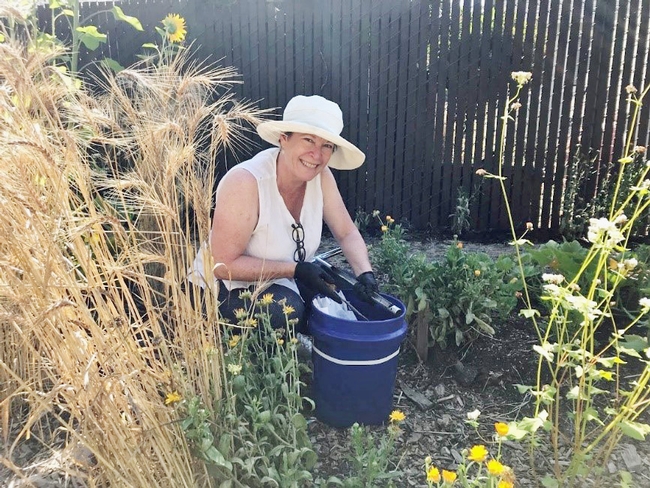
With the support of UCCE Sonoma, community members concerned about the impact of toxic smoke on local produce and UCCE Master Gardeners took over 200 samples of leafy greens from 25 gardens and farms across Sonoma County in the immediate aftermath of the fires; in the summer of 2018 the team took soil samples from five of the original sites sampled. Using funding from University of California Agriculture & Natural Resources Division and the Bay Area Air Quality Management District, we had produce and soil samples from five sites most likely to have received deposits of toxic air contaminants from the urban wildfire tested for heavy metals, dioxins and polycyclic aromatic hydrocarbons.
Results
Based on preliminary findings, we hypothesize that produce safety was not significantly affected by the fires and may be mitigated by washing produce. Preliminary analysis was inconclusive but did not indicate a high degree of contamination. Polycyclic aromatic hydrocarbons were inconclusive due to high method reporting limits from our laboratories. Heavy metals were of low concern, with no detection of lead, arsenic, or mercury. Nickel was found in 2 of 8 samples at levels exceeding Proposition 65's No Significant Risk Level but which may be mitigated by washing produce. Dioxins were of some concern with concentrations found above background levels from FDA's Dioxin Monitoring Program, but below NSRL. 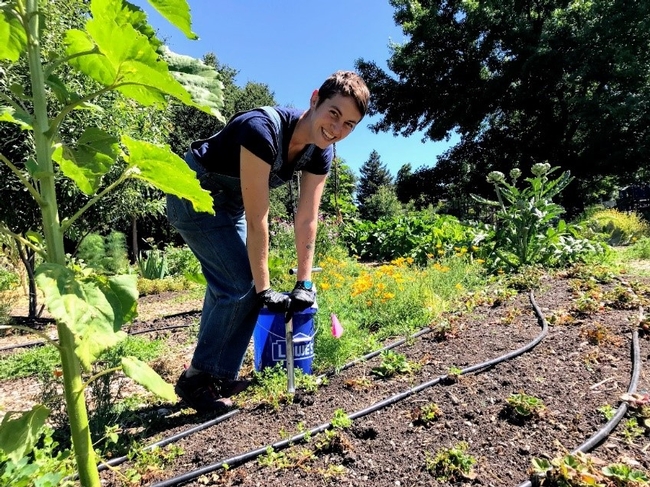
Findings/Observations
- It is important to note that over long periods of time, exposure to these chemical groups at very low levels can still contribute to health impacts, including at levels below what our tests are able to detect.
- Numerous health benefits including cancer risk reduction have been attributed to green leafy vegetables. These benefits may outweigh the additional risk from trace contaminants detected in some produce in this study. Quantitative comparisons will be provided in our final report.
- Some individuals have higher risks and may want to be in communication with their healthcare provider to better understand if they should take extra precautions. Individuals at higher risk may also benefit greatly from the high nutrition in green leafy vegetables and fresh produce.
- Best practices for reducing risk include: wearing a respirator mask during poor air quality; washing produce thoroughly in running water; peeling root vegetables, testing soil regularly; containing and amending contaminated soil through sheet mulching, raised beds, and compost.
- Best practices that enhance protective factors and should also be pursued, such as increasing produce consumption to promote healthy nutrition, improve immunity, and support resilience to chemical exposures.
What's Next
Over the next few months, we will be completing our final report and creating additional tools for communicating these results to concerned community members. In the Spring of 2019, we will be conducting community workshops. Reports, handouts, workshop materials, and the protocols from the study will be made publicly available for use by communities experiencing wildfire in the future.
- Author: Vanessa Raditz
- Contributor: Julia Van Soelen Kim
- Editor: Karen Giovannini
Local food producers: The recent wildfires are creating dangerous air pollution in our region. The biggest threat to your health is from inhaling the smoke. Protect your lungs by staying indoors whenever possible, and wearing a respirator mask when outdoors. An N95 respiratory is the minimum protection recommended, while a P100 will provide additional protection from petroleum-based chemicals and smaller particles. Employers of outdoor workers should consider adequate protection for their workers, such as limiting the time that employees work outside and providing adequate respiratory protective equipment (see California Code of Regulations Title 8 section 3203, Injury and Illness Prevention Program, and section 5141, Control of Harmful Exposure to Employees).
During the fires in Sonoma County last fall 2017, many local food growers expressed concern about the impact of the wildfire smoke on the food safety of our local produce. Since then, a group of researchers and concerned community members have been investigating this question. The Produce Safety after Urban Wildfire project will be releasing a final report in early 2019. However, due to this current air pollution emergency, we would like to share that the lab results from our
plant samples DO NOT show extensive contamination of produce exposed to wildfire smoke, and our findings suggest a low health risk from ingesting produce exposed to wildfire smoke.
Fresh produce, especially green leafy vegetables, are critical for nutrition and promoting the body's resilience to the health impacts of smoke. To further reduce risk of contamination, wash produce with running water and remove outer leaves or peels and wash hands after harvesting produce or coming in contact with soil and ash.
Some groups are more vulnerable to health impacts from the smoke and should take extra precaution during this time, including children, elders, and people with respiratory and heart conditions. If you are a garden educator working with kids, please consider activities that can be done inside until air quality improves.
We encourage our community to continue supporting our local food system and sharing our online resources with all those concerned, including our publication:
See our Produce Safety after Urban Wildfire for more resources and information.
Sign-up for our google group of community members discussing these issues and sharing strategies.
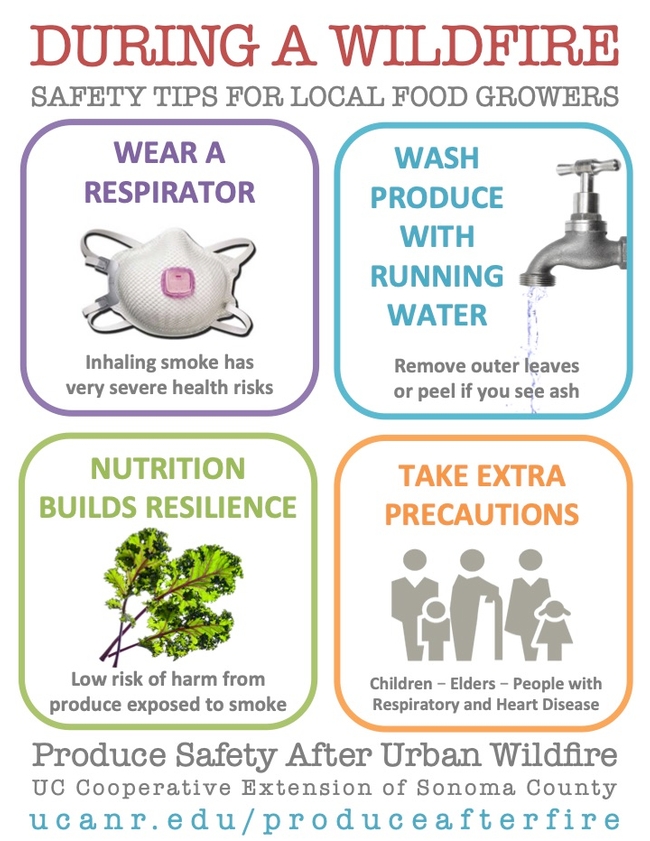
- Author: Karen Giovannini
GOT EGGS?
The UC Davis School of Veterinary Medicine (UCD SVM) is providing free egg contaminant testing for backyard chicken owners in the state of California.
Results will be shared individually with each owner, and cumulative results will be summarized and made available to the general public.

We are testing eggs for two different types of contaminants.
Fire Contaminant Testing
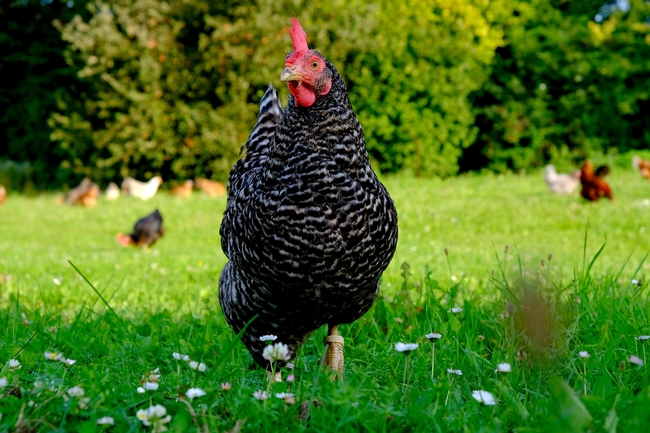
Heavy Metal Contaminant Testing
Due to observation of high environmental lead levels in parts of California, there is concern that backyard chickens are being exposed to a level that could pose a public health risk. UCD SVM is interested in testing eggs from these birds for various contaminants such as Pb, PCBs, and PBDEs.
Instructions for submitting eggs
If you are interested in submitting eggs, please drop off at UCCE Sonoma County or ship 2-6 eggs (6 eggs max) from your flock, with tissue around each egg, placed in an egg carton, and wrap (bubble), include information below, secure the carton and ship in a box with packing peanuts. See pictures below for examples of how to pack the eggs for shipping.
Requested information to include (or use attached form):
- Address where hens reside (Street name, City, Zip -- we do not need the number of the address)
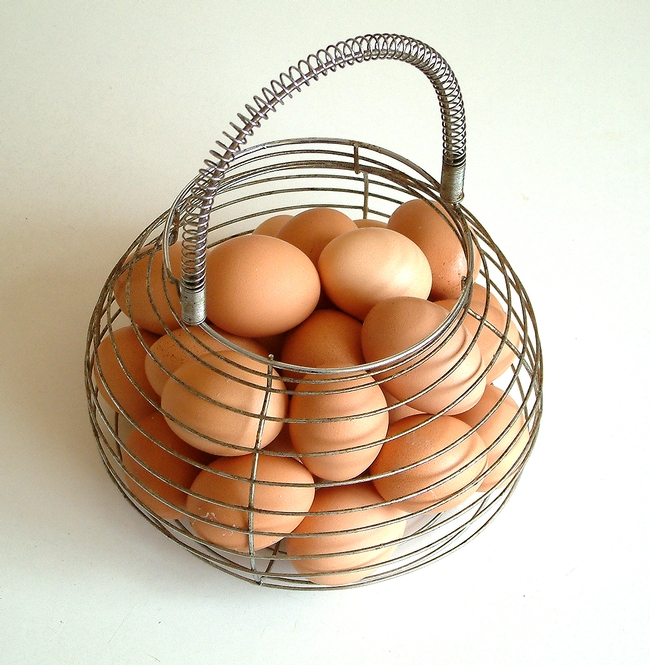
- Number of hens in flock
- Date eggs were collected
- Length of time you have owned the chickens
- Age of chickens
- Year the house/building the chickens are kept by was built
- Optional: your email address to receive results
Drop off eggs at UCCE Sonoma County* or ship them to:
UC Davis School of Veterinary Medicine
1 Shields Drive
Bldg VM3B Room 4007
Attn: Dr. Maurice Pitesky
Davis, CA 95616
If you would like assistance with shipping costs, please contact Anny Huang at the UCD SVM Cooperative Extension at asahuang@ucdavis.edu BEFORE shipping. We can generate a shipping label for you and email it to you to print and stick on your package.
If you have any other questions or comments, please contact Dr. Maurice Pitesky at the UCD SVM Cooperative Extension at mepitesky@ucdavis.edu or 530-219-1407.
*UCCE Sonoma County office hours: M-F 8am-Noon, 1pm-4pm.
Packing eggs for shipping
Eggs are mailable in domestic mail subject to the following general conditions:
- They are individually cushioned.
- They are otherwise packed to withstand shocks encountered during normal Postal Service handling.
When you're shipping eggs, the USPS asks that you individually cushion each egg. Use bubble wrap to avoid breakage and shock-proof packaging material such as shredded paper to cushion the individually bubble-wrapped eggs. Pack your individual eggs closely but not too tightly.
See Free USPS Supplies for boxes.

